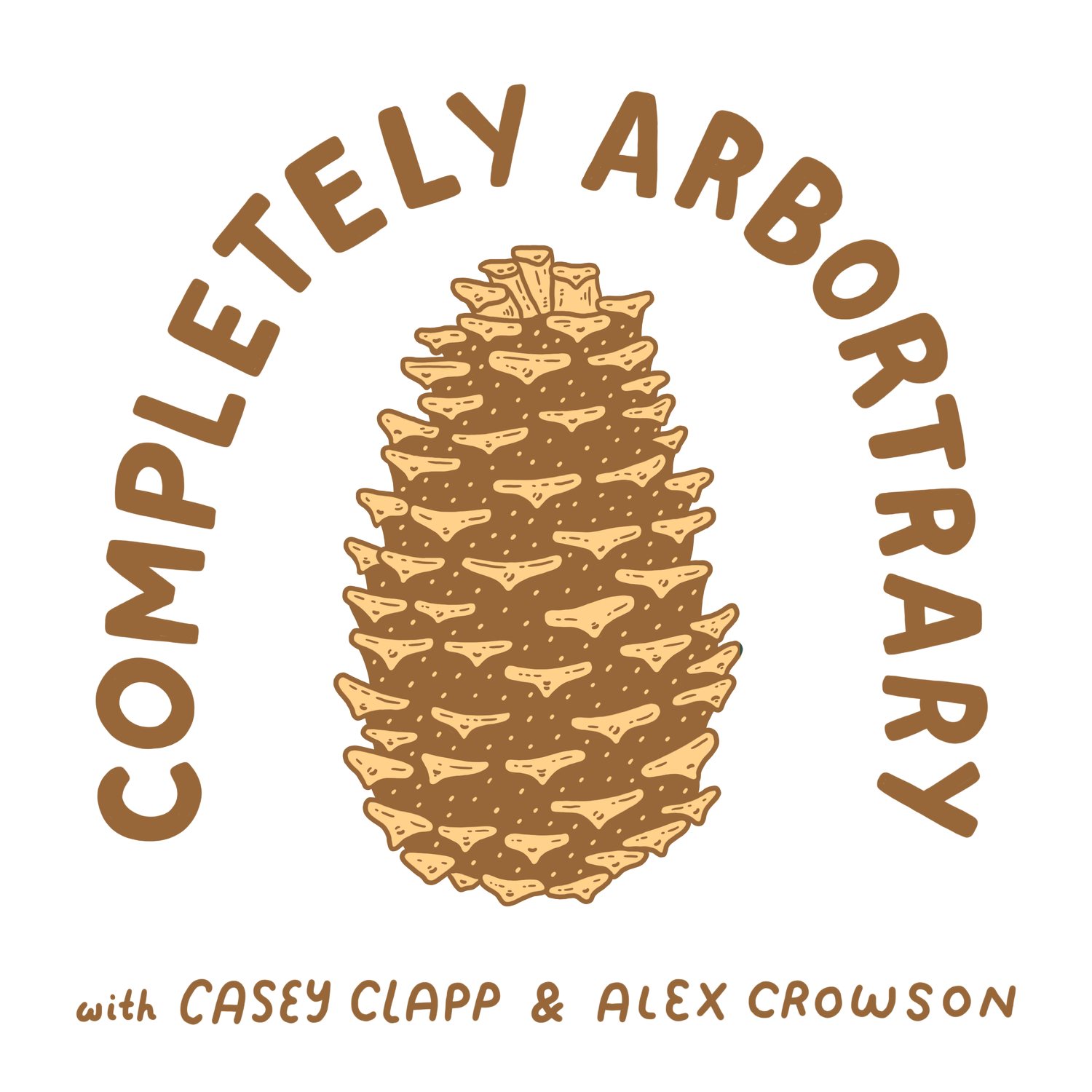MET-A-SE-KOY-A GLYP-TO-STRO-BOY-DES (DAWN REDWOOD)
A sleeping giant awakens! Enter dawn redwood (Metasequoia glyptostroboides). The deciduous conifer (gasp!) dominated the Northern hemisphere for thousands of millenia before Mother Nature spirited it away entirely… or so we thought. Then, we take a journey through tree-time and tree-space as we enter The Cone Zone.
Dawn Redwood
(Metasequoia glyptostroboides)
‘Trees are generally really old all the time.’ Ah, that old chestnut. But rarely do we actually consider just how old. I’m not speaking of the age of a given specimen, like Methusela. I mean trees in the broadest sense, as a collection of organisms.
The first trees that resemble something we would recognize today started to appear around 360 million years ago. As far as we know, all of these proto-trees have gone extinct and passed on their niches to the next wave of evolutionary newcomers. We can only know or imagine what they looked like with glimpses into the past through the fossils we find that contain their likenesses. It’s a true rare moment when we get a chance to see one in the wood, as it were. The dawn redwood (Metasequoia glyptostroboides) provides us just such a moment.
For centuries the dawn redwood was only known from fossils, and was given its scientific name by Japanese paleobotanist Shigeru Miki in 1941. Little did he know that just a few years later a Chinese forester would stumble upon the real thing in a remote region of China (where the locals knew it as the water fir). Suddenly, the world had a new species of redwood that long ago was thought to have gone the way of the dodo.
The story of the dawn redwood doesn’t end there. Or rather, it doesn’t start there. Finding a long-lost tree still alive and kicking only catches us up to the present day. The rest of the story goes back nearly 100 million years and traverses the Northern Hemisphere.
Fossils of dawn redwoods are found commonly throughout northern North America—they are in fact the official state fossil of Oregon—and northern Asia. In places like Badlands and Yellowstone National Parks in the United States, there are entire fossilized logs of dawn redwood preserved for all to see. The story these fossils tells us is one of climactic and tectonic shifts. But we have the luxury of understanding how this tree grows today and what conditions it prefers or tolerates. We can use what we know about the tree today to understand what the dawn redwood’s world might have been like yesterday (geologically speaking).
What today is often a very harsh and cold environment occupied by only the toughest of trees was historically warmer, wetter, and far more hospitable. It’s easy to imagine a carpet of spire-like trees with feathery foliage covering the northern reaches of the earth, and shifting down and back again as conditions dictate.
Like a tide expanding and contracting, the population of the dawn redwood came and went countless times over its long history, finally ending up in a few small populations in the mountains of rural China. Perhaps it is simply biding its time until conditions are back to normal—as far as it’s concerned—when it will expand again and reach its roots around ancient rocks that to it look like mirrors.
Completely Arbortrary is produced and hosted by Casey Clapp and Alex Crowson
Support the pod and become a Treemium Member
Follow along on Instagram
Find Arbortrary merch on our store
Cover art by Jillian Barthold
Music by Aves and The Mini-Vandals
Episode cover photo by Derek Ramsey
Additional Reading:
The Dawn Redwood (Metasequoia glyptostroboides)
The Yellowstone Petrified “Forests”
The Evolution and Biogeographic History of Metasequoia

